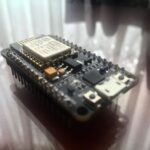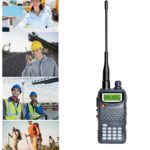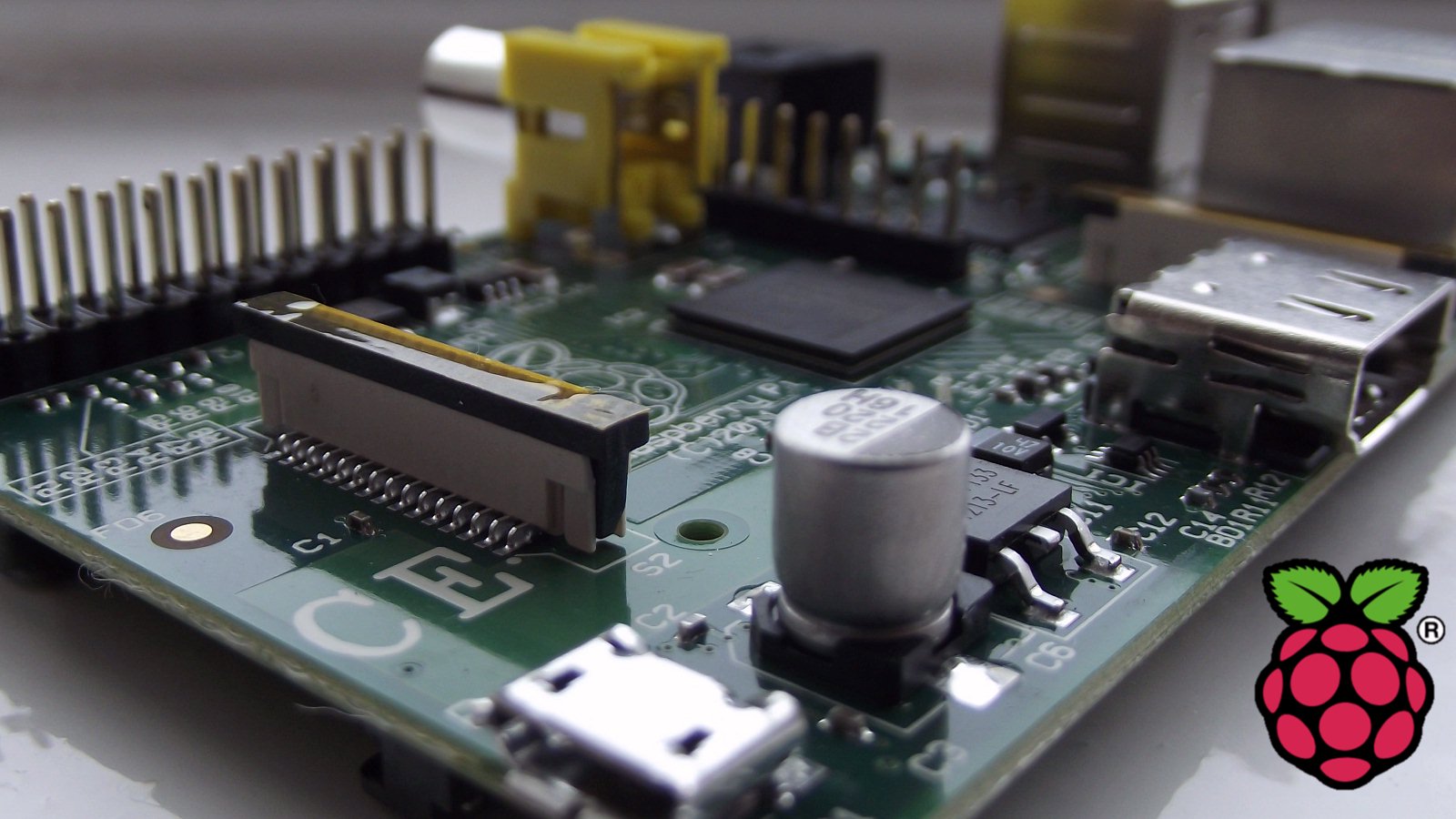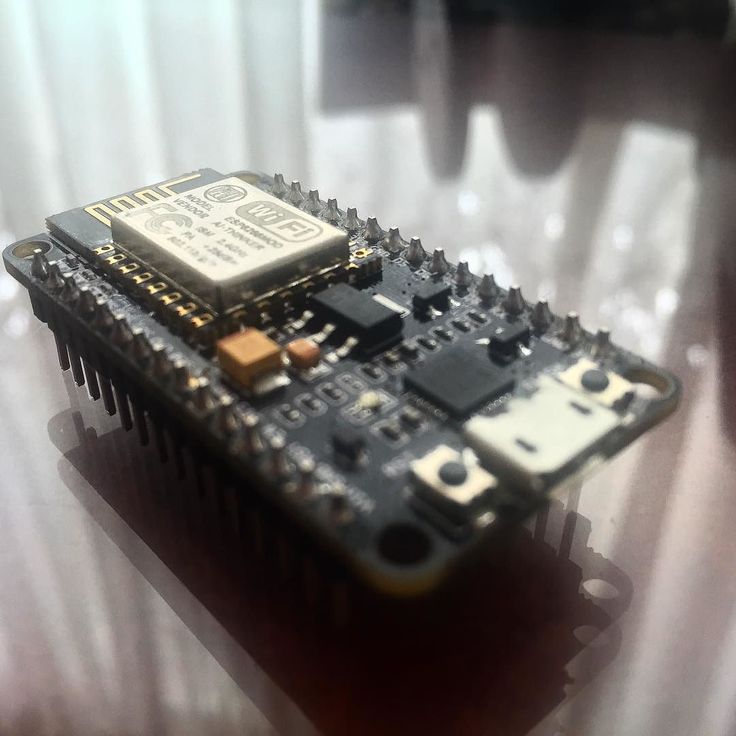Raspberry Pi 3
I was not a huge fan of Raspberry Pi until the release of the new version 3.
How do i start this article? OK i will give you few words.
Open source, low cost, single board with 1.2 Ghz Quad core processor.
Lets have a look on the additional features provided with this one .
- Quad Core 1.2GHz Broadcom BCM2837 64bit CPU
- 1GB RAM
- BCM43438 wireless LAN and Bluetooth Low Energy (BLE) on board
- 40-pin extended GPIO
- 4 USB 2 ports
- 4 Pole stereo output and composite video port
- Full size HDMI
Raspberry PI modules offer flexible programming, customizable signal types and easy adaptation to existing installations. These are real benefits to the industrial world at the cost of peanuts. The advantage of such systems is that they are great low cost and flexible alternatives to usual industrial devices, for example, by adding remote control and monitoring functionality to small legacy industrial systems. What else do you need for a handy standalone system for running your mathematical function on a board with the size of a credit card. Before getting into the details, lets see the concerns that you might face.
Safety, Robustness, and Industrial Standards. !
For safety there is no simple answer. The general IP ratings will have to set by additional accessories and casings. It truly depends on the design levels and the mid set of the engineer. In the other sense the safety of an industrial application should not be a depended factor on PLCs. right? The only factor could be reliability. Broadcom BCM2837 64bit CPU is one of the best reliable processor. If numbers can vouch for it, check your phone’s processors. There are plenty of phones manufactures using Broadcom as their main processor.
In my personal experience, Modbus / TCP is the common most protocol used by the most Mega giant PLC manufactures. Modbus is a serial communications protocol developed by Modicon (now Schneider Electric) for its programmable logic controllers (PLC). It has become a common standard and is adopted by many automation manufacturers such as Omron, Schneider and Mitsubishi. Even though there are exceptional cases with proprietary protocols, people and industry owners feel safe with a common easy flexible protocol that everybody on the food chain can understand.
Flexibility is a big advantage of these Raspberry PI boards. The Modbus foundation has developed and published specific libraries to allow the boards to communicate via their protocol. Modbus allows many different devices connected to the same network to communicate together regardless of the manufacturers. SO imagine the world you can run your own scada in a single board.
With the arrival of IoT, interoperability of devices from different manufacturers has become even more important. In simple sentences Raspberry PI 3 support IPv6. If you are into development for futuristic products, this small board can deliver the power of Python3 and 40 GPiO pins for a wide range of I/Os and communicate with any other device on IPv6
Modular Industrial Automation:
A modular automation system is designed for one particular task, and it will perform only that task. Keywords you can use with modular systems are low cost, high accuracy, very reliable. Most of these system are seen in the multi variable production plants and manufacturing units. They are designed as an assembly doing the repetitive job with fast rate and high accuracy. Traditional design of these system are comprised with basic relay logic or ASICs.
There are 5 main factor needed to be considered while designing a modular system.
- Physical spacing & environment.
- Weight and Size,
- Sequence and loops,
- Cycle time.
- External parameters.
Imagine your modular system going smart. Talking to your existing PLC or production control software, telling the quantity of parts made, no of cycles executed, rate at which the production in progress or at lease tells your system that is have a failure and this step is not proceeding due to this particular problem. As a Maintenance Engineer how much would you consider to devote from your annual budget to get this one feature.
What if i say you don’t have to change the any one of these 5 main factors which is described above?
What if a $30 dollar electronic boards and couple of sensors could do that job? Why would you invest for an up gradation?
Modular Industrial Automation using Raspberry Pi.
I am not going to help you here with “how to do industrial automation using Raspberry Pi.” I can share some of my findings here so that you might be able to help yourself.
- Sense HAT is a Raspberry Pi Add-on module which can be used for industrial application where you require, Gyroscope, Accelerometer, Magnetometer, Temperature, Barometric pressure, Humidity. Basically a sensor kit for unmanned Arial or space vehicle. Plus supported a by Python Library.
- The Compute Module IO Board V3 is a development kit for those who wish to make use of the Raspberry Pi in a more flexible form factor, intended for industrial applications. The IO Board V3 is made for developing with CM3, CM3L, and CM1.
- The Compute Module 3 is a Raspberry Pi 3 in a more flexible form factor, intended for industrial application
the MotoZero, designed by Richard Saville (aka Average Man vs. Raspberry Pi), manufactured and sold by the Pi Hut. It is a controller board that controls up to four motors. - The Analog Zero provides eight analog inputs to your Raspberry Pi. The Pi’s GPIO pins are digital, so you need to use an analogue-to-digital converter (ADC) to connect analog devices. You can use an ADC chip on a breadboard, but the wiring can be messy, so the Analog Zero is a great improvement.
- AdaFruit and PiSupply is 3rd party entity supplying wide range of input and output kits for the developers. Check them out.









